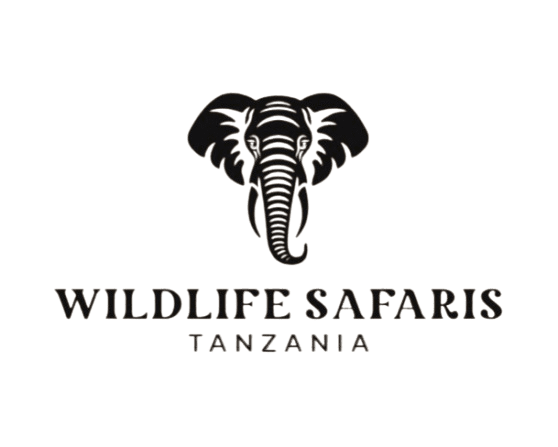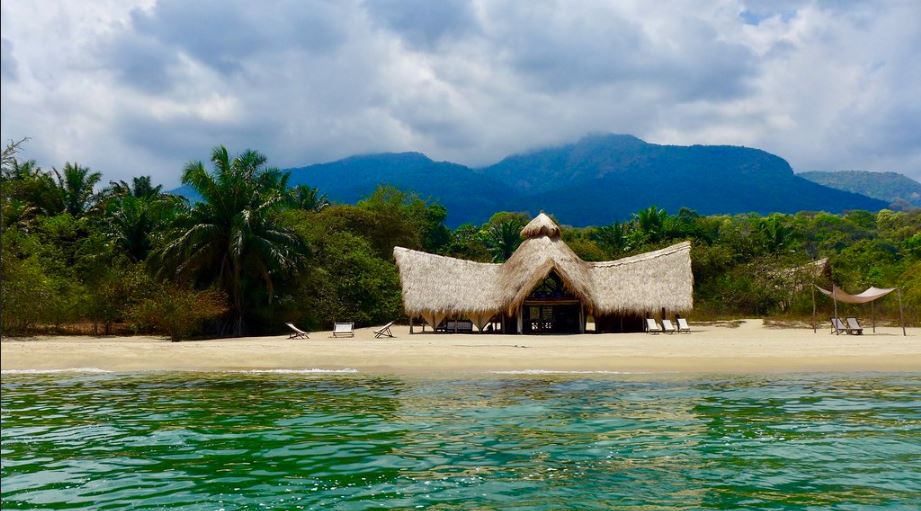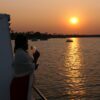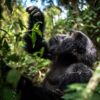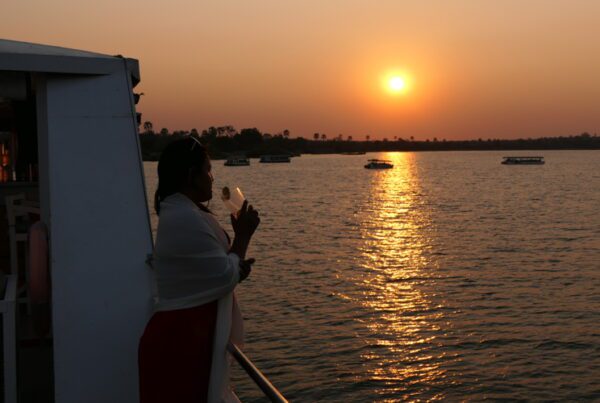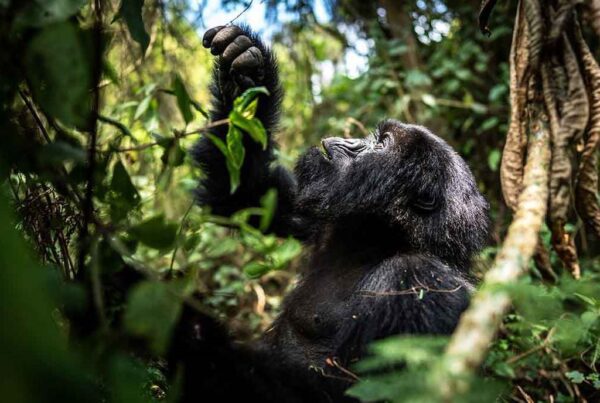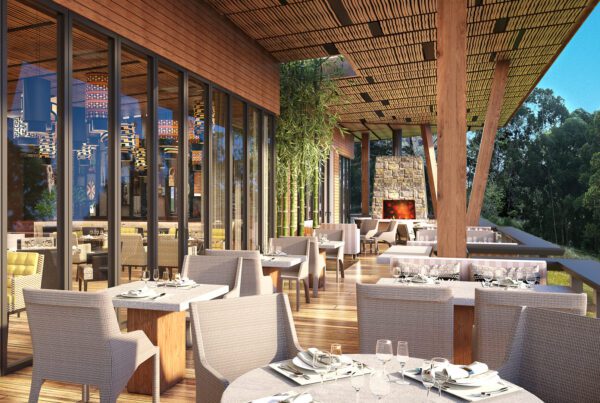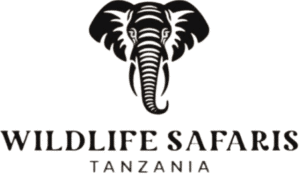5 Hidden Gems in Tanzania Most Travelers Miss
When most people think of a Tanzania safari, their minds jump straight to the Serengeti, Mount Kilimanjaro, or the beaches of Zanzibar. But beyond these top highlights, this dazzling country has off-the-beaten-path destinations that rarely get into travelers’ bucket lists yet offer breathtaking, memorable experiences. These are places where you will find raw, untamed beauty, fewer crowds, and private experiences that completely change your perspective regarding Tanzania. If you want to visit these hidden gems, we’ve picked five places to start with.
1. Mahale Mountains National Park.
Located in the remote western edge of Tanzania, Mahale deserves a special treat. The location is very remote, such that most people miss its pristine landscapes and thriving wildlife. But for us, this is our secret weapon, only accessed by flight. Local airlines offer scheduled flights to Kigoma Airport, and from there, a 4-hour boat ride is enough to get you there. For instance, Safari Air Link flies from Ruaha to Mahale twice a week – on Monday and Thursday. In addition, Nomad Tanzania offers scheduled flights from Arusha to Katavi, and from Katavi to Mahale on behalf of guests staying at its exclusive camps.
Mahale claims a special seat in Africa’s top wildlife destinations due to its largest concentration of chimpanzees. Roughly 1,000 eastern chimps live in this 1,613 km2 expanse, mainly dominated by montane forests. Alongside these beautiful primates are monkey species, including vervet monkeys, colobus monkeys, olive baboons, and blue monkeys. On some occasions, you might see hippos and crocodiles in the marshes near Lake Tanganyika and leopards in the forest. Mahale also offers beach sports like sport fishing, swimming, and diving in addition to a chimp safari. For a better experience with chimps, plan your trip from July to October. Owned and run by Nomad Tanzania, Greystoke Mahale is the best camp to stay during your chimp safari.
2. Rubondo Island National Park.
Located in the northwest, Rubondo is one of the largest islands of Lake Victoria. The island is quite far from common entry points, one of which is Arusha and Dar es Salaam. But there are several options, with flying into Mwanza Airport being the most convenient way. First established in 1965 as a game reserve and then in 1977 as a national park, this island boasts some of the pristine forests. And of course, forests take around 90% of Rubondo’s total area (240 km2). The main drawcard is wildlife that seems to thrive in the middle of Africa’s largest freshwater lake.
People come here to watch chimpanzees on a rewarding chimpanzee trekking safari. How did they get here? We will explain. Rubondo has a thriving Congolese forest, which many primates love. That said, they were introduced to this island, and they seem to like their new home. Other animals in Rubondo include giraffes, elephants, crocodiles, hippos, and sitatunga antelope. In addition to wildlife, guests can enjoy boat cruises, beach sports, and sport fishing. Good luck to you. Asilia has its finest property, Rubondo Island Camp, the only place to stay here. You can also try basic camping for an intimate experience or to save money.
3. Katavi National Park.
Katavi lies in the far west, known by fewer visitors. This park is Tanzania’s fourth-largest, spanning 4,471 square kilometers, but it gets only a fraction of visitors. Which means the wildlife, landscape, and habitats are still untouched. In terms of wildlife, Katavi can line up with premier wildlife sanctuaries like the Serengeti and Ngorongoro. It mainly hosts large animals (mega-beasts), including giraffes, elephants, buffalo, and hippos. In addition, the park’s mosaic of habitats, ranging from open grasslands and woodlands to rivers and floodplains, is particularly appealing when viewed from the luxury of a balloon safari or a boat ride.
Here you will enjoy peaceful drives without having to outcompete another vehicle for a wildlife sighting. Camps in this park also offer guided walking safaris, night game drives, boat safaris, and balloon adventures. Spend your nights at the Nomad Chada Katavi, Katuma Bush Lodge, or Katavi Wildlife Camp.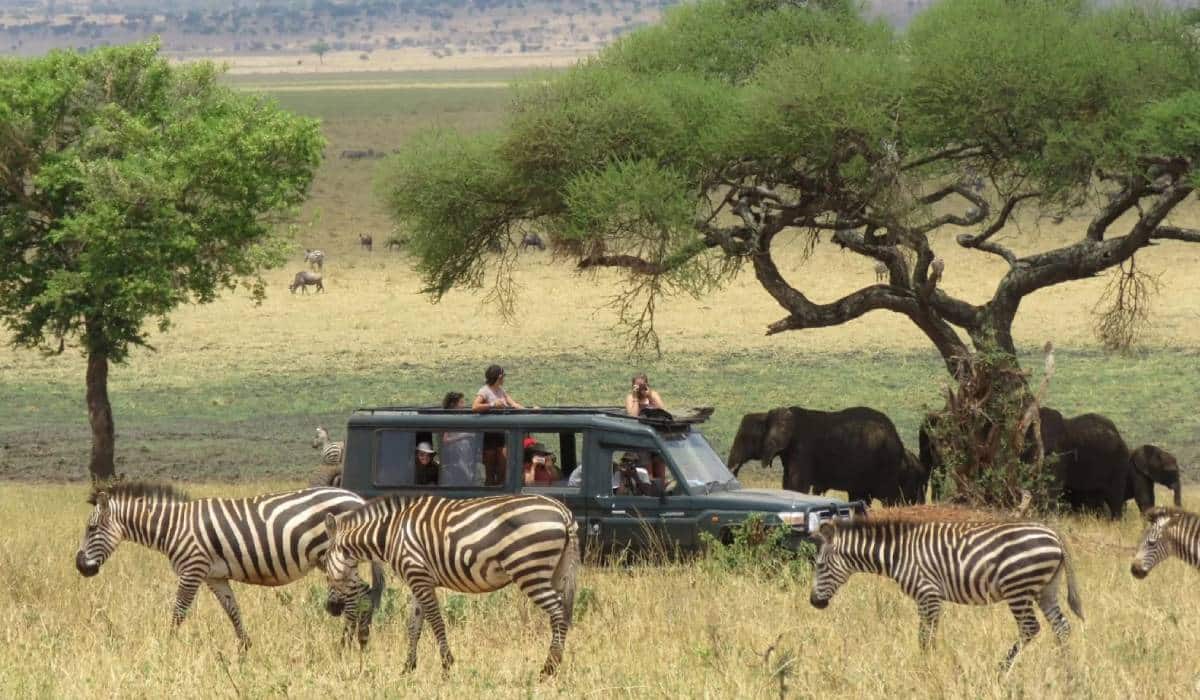
4. Saadani National Park.
Have you ever visited a national park that borders an ocean? There you go. Saadani is the only wildlife park in Tanzania where the bush and beach merge. That’s, you spend the morning and afternoon exploring wildlife. Then, conclude with a chill at the beach in the evening. Terrestrial wildlife is abundant here – elephants, buffalo, lions, zebras, leopards, hippos, and crocodiles. Furthermore, you explore marine species, such as sea turtles.
Simply put, Saadani offers a myriad of safari activities. Game drives bring you close to land giants like giraffes, elephants, buffalo, or small creatures like dik-diks. You can view nature from another perspective, from the comfort of a boat along the ever-flowing Wami River. If you want to get along with local fishermen, a trip to the Saadani fishing village is unforgettable. Places to stay include Saadani Safari Lodge and Simply Saadani Camp.
5. Mkomazi National Park.
People often come to Tanzania’s North to explore the Serengeti and Ngorongoro and to climb Mount Kilimanjaro. They usually leave the country without touching Mkomazi, though it lies just 120 km northeast of Moshi. This park hosts diverse wildlife and shares an ecosystem with Kenya’s Tsavo National Park. That means animals can move freely between the two parks. We bet you won’t skip it again.
Mkomazi stands out as it is home to some of the most sought-after animals: the Big Five and the African wild dog. Seeing rhinos is guaranteed, either in their rhino sanctuary or in the wilderness. You can stay at Babu’s Camp or properties in the Same town, like Elephant Motel.
Tanzania’s hidden gems remind you that adventure doesn’t end with the famous destination. Not Serengeti, not Ngorongoro Crater… there’s more to explore. Let’s plan your Tanzania safari.
